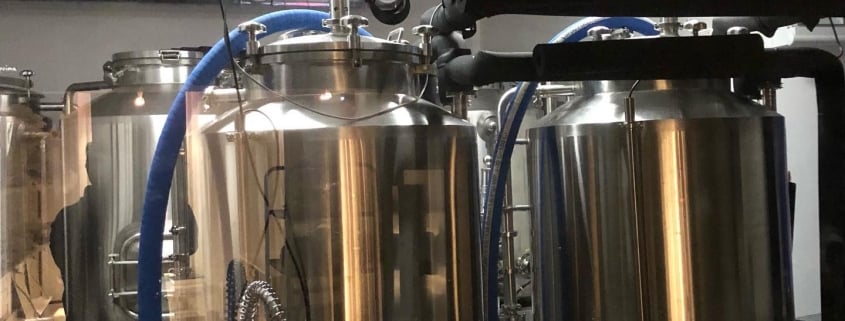Industrial Fermentation Tank:Uses,Types,and Key Features
Which Industry Can Industrial Fermentation Tank Be Applied To
You might be surprised at just how many industries rely on industrial fermentation tanks. These massive vessels are like the beating heart of many production lines. From brewing beer to making insulin, fermentation tanks are working hard behind the scenes.
Food and Beverage? Absolutely. Think beer, wine, yogurt, sauerkraut, kombucha, soy sauce, and even some artificial sweeteners. Pharmaceuticals? Definitely. Antibiotics, vaccines, and enzymes often begin their life inside a fermentation tank. Biotechnology? You bet. Industrial fermentation tanks are used for culturing cells, producing biofuels, and even breaking down waste. And let’s not forget cosmetics, agriculture, and chemical manufacturing, where microorganisms are harnessed to make anything from fragrances to fertilizers.
So yeah, if you’re wondering if fermentation tanks are niche or mainstream, the answer is: they’re everywhere.

Main Classifications of Industrial Fermentation Tanks
Let’s break this down. Industrial fermentation tanks come in a few flavors, depending on how they operate and what they’re made for. Here’s the scoop.
By Operation Mode:
- Batch Fermenters are like one-time ovens. You throw everything in, let it do its thing, then clean it out before starting again. Super common in small- to medium-scale production.
- Fed-Batch Fermenters are more refined. You add nutrients during the process, which gives you more control and often better yields.
- Continuous Fermenters are the powerhouses. They operate non-stop. You feed in raw materials while taking out the product constantly. Ideal for large-scale operations.
By Aeration Type:
- Aerobic Fermenters (with oxygen) are used for products like penicillin and vinegar.
- Anaerobic Fermenters (without oxygen) make things like ethanol, biogas, and lactic acid.
By Material and Shape:
- Stainless Steel Tanks dominate due to durability and hygiene.
- Glass or Plastic Tanks are sometimes used for research or pilot-scale runs.
- Shapes? Cylindrical is standard, but conical bottoms help with sediment removal.
So whether it’s a full-on biochemical factory or a craft brewery, there’s a tank tailored to the task.
Key Components of Industrial Fermentation Tank
Okay, let’s open up this beast and peek inside. What actually makes up a fermentation tank? Think of it like a high-tech kitchen mixer, but way more precise and a whole lot bigger.
- Agitator/Mixer: Keeps everything blended so microorganisms have uniform access to nutrients.
- Aeration System: Pumps in oxygen (for aerobic fermentation), usually via spargers or diffusers.
- Cooling/Heating Jacket: Controls temperature, because microbes are picky and like things just right.
- Sensors and Probes: These guys are the tank’s senses. They monitor pH, temperature, dissolved oxygen, and more.
- Inlet/Outlet Valves: For adding feedstock and removing the product or waste.
- CIP (Clean-In-Place) System: Think of it as a built-in dishwasher. It ensures the tank stays sterile between batches.
It’s a fine-tuned ecosystem designed for one job: making microbes happy so they can work their biochemical magic.
Industrial Application of Industrial Fermentation Tank
| Industry | Applications | Products |
|---|---|---|
| Food & Beverage | Alcohol fermentation, lactic acid production, soy fermentation | Beer, wine, yogurt, kombucha |
| Pharmaceuticals | Antibiotic synthesis, vaccine production, insulin fermentation | Penicillin, vaccines, enzymes |
| Biotechnology | Bioplastics, biofuel production, synthetic biology processes | Ethanol, biogas, biosurfactants |
| Agriculture | Fermented fertilizers, silage fermentation, microbial inoculants | Organic fertilizers, animal feed additives |
| Chemical Manufacturing | Production of organic acids, solvents, polymers | Citric acid, acetone, lactic acid |
| Cosmetics | Fermentation of active ingredients and probiotics | Hyaluronic acid, peptides, ferments |

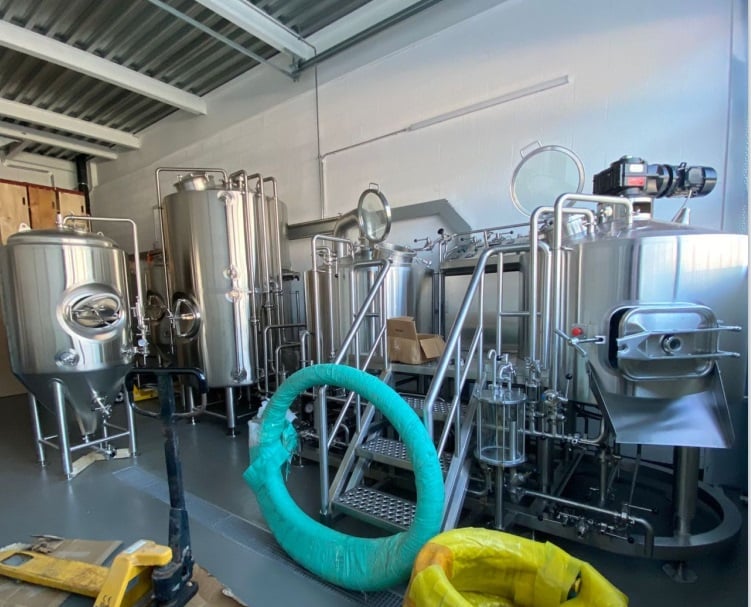

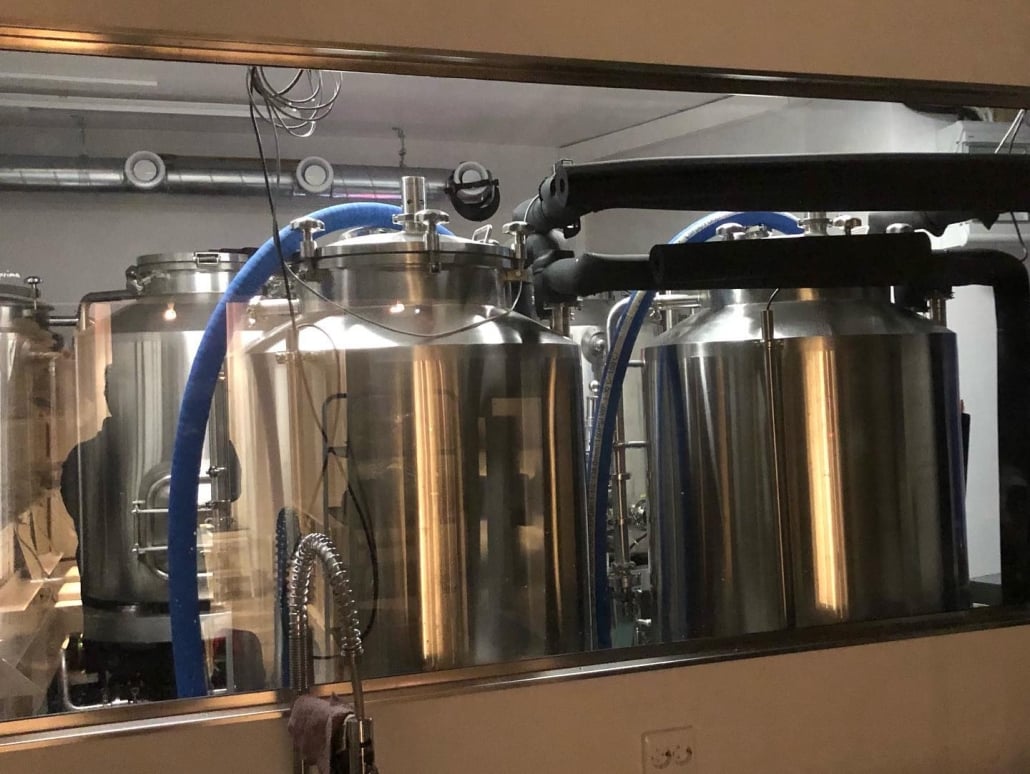
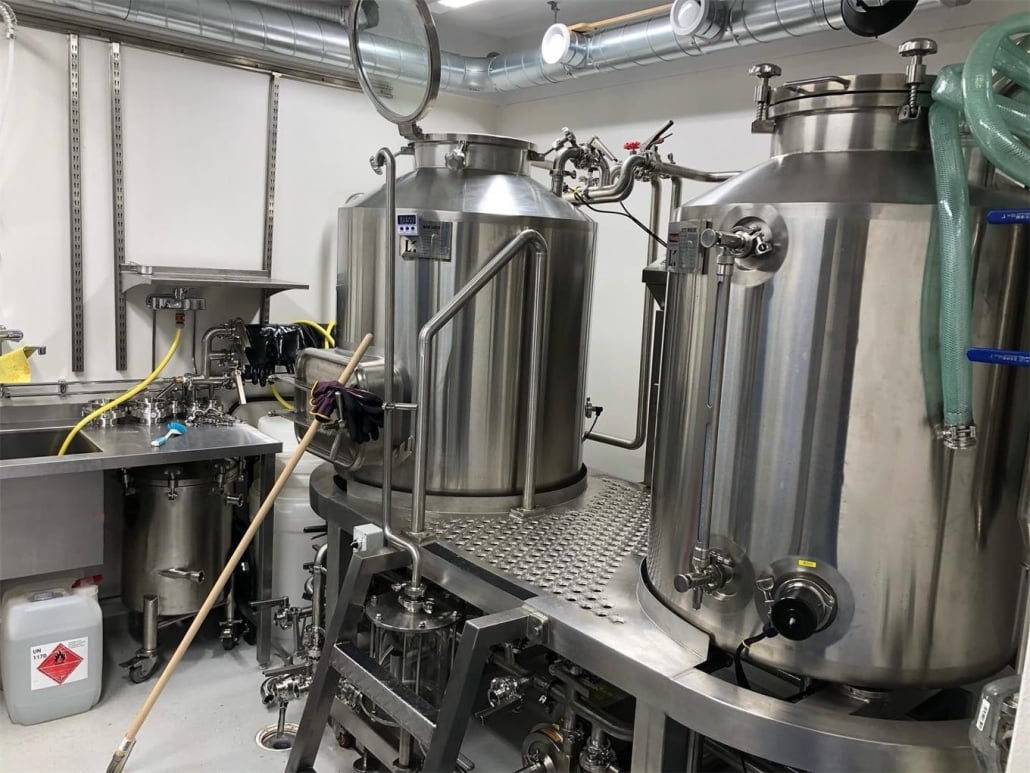
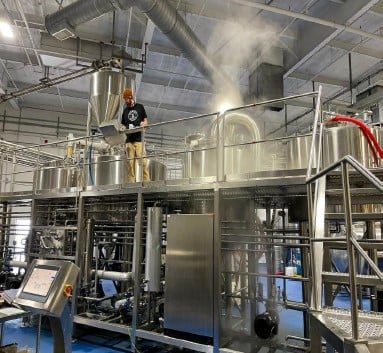
How to Choose the Right Industrial Fermentation Tank
Choosing a fermentation tank isn’t like picking out a new blender. It’s more like choosing a partner for a long-term business relationship. So what do you need to think about?
1. Type of Fermentation: Aerobic or anaerobic? The answer will change the tank’s design significantly.
2. Capacity Requirements: Don’t overspend on size you won’t use, but plan for growth. Most manufacturers offer tanks from 100L to 100,000L or more.
3. Material Quality: Stainless steel (304 or 316L) is standard. If you’re dealing with corrosive substances, don’t cheap out.
4. Automation Level: Want manual control or full automation with a SCADA system? Your budget will take a hit, but the labor savings can be massive.
5. Compliance & Certifications: Especially for pharma and food, make sure your tank meets local and global standards like FDA, cGMP, or EU regulations.
6. Budget and ROI: Sometimes it’s smarter to buy a smaller automated tank than a giant manual one. Think long-term.
Remember: It’s not just about what you need now, but what you’ll need next year too.
How to Clean Industrial Fermentation Tank
Keeping things squeaky clean is not just about hygiene; it’s about avoiding costly downtime. Imagine brewing the perfect batch and then realizing it’s contaminated. Nightmare, right?
CIP (Clean-in-Place) Systems are your best friend. These built-in systems circulate cleaning solutions through the tank without disassembly. The typical process includes:
- Pre-rinse: Wash out residual material with water.
- Alkaline Wash: Removes organic residues.
- Acid Wash: Clears up mineral deposits.
- Sterilization: Often with steam or a sanitizing chemical.
Always validate your cleaning process. Skimping on this part is a shortcut to disaster. Think of it like dental hygiene for your tank—skip it, and things start to rot.
How to Choose the Correct Maintenance Method
Maintenance isn’t glamorous, but it’s essential. Think of it like getting your car serviced. Do it right, and it purrs. Skip it, and you’re calling the tow truck.
Preventive Maintenance is key. This includes regular inspection of seals, valves, and probes. Catching a worn-out gasket early can save thousands.
Predictive Maintenance is the smarter cousin—using sensor data to foresee problems before they blow up. This is where digital twins and smart sensors come in.
Reactive Maintenance? Only as a last resort. Fixing stuff after it breaks is expensive and can mean product loss.
Schedule quarterly deep inspections, calibrate sensors monthly, and always keep a log. Trust me, your future self will thank you.
The Development Trend of Industrial Fermentation Tanks
The future of fermentation tanks? It’s looking pretty sci-fi.
1. Smart Fermentation Tanks: With IoT and AI integration, these tanks can adjust parameters on the fly, predict issues, and optimize yields autonomously.
2. Modular Design: Tanks that can be scaled up or down based on demand. Super useful for startups and fast-growing operations.
3. Eco-Friendly Materials: Sustainability is hot. Expect tanks with lower carbon footprints, better insulation, and less water use.
4. Integration with Bioreactors: Especially in the biotech space, seamless integration with upstream and downstream processing equipment is crucial.
5. Greater Customization: One-size-fits-all is out. Custom tanks tailored to specific microbes or production styles are becoming the norm.
Innovation is brewing—literally.

FAQ
| Question | Answer |
|---|---|
| What size fermentation tank do I need? | It depends on your production volume. Startups might need 500L, while large plants use 100,000L+. |
| What’s the difference between fermenters and bioreactors? | Technically, bioreactors are more controlled and used in biotech, but often the terms overlap. |
| How long does fermentation take in an industrial tank? | Anywhere from a few hours to several days, depending on the product and microorganisms. |
| Are stainless steel tanks better than plastic ones? | Yes—they’re more durable, easier to clean, and compliant with health standards. |
| Can I lease fermentation tanks instead of buying? | Absolutely. Many suppliers offer leasing, which helps reduce upfront costs. |
| Do I need a clean room for fermentation? | Not always, but controlled environments are crucial for sensitive products like pharmaceuticals. |
| How much do industrial fermentation tanks cost? | Prices vary widely—from $10,000 for a basic unit to $500,000+ for advanced systems. |
| Can tanks be customized? | Yes! From size to sensors to coatings, customization is common and often necessary. |

